Learn - Jun. 12, 2023
In the chlor-alkali industry, liquid chlorine as a by-product is often sold by filling tanks, so the filling equipment of liquid chlorine is very important. Liquid chlorine filling, there are two ways: liquid chlorine submerged vertical pump transport, liquid chlorine canned-motor pump transport.
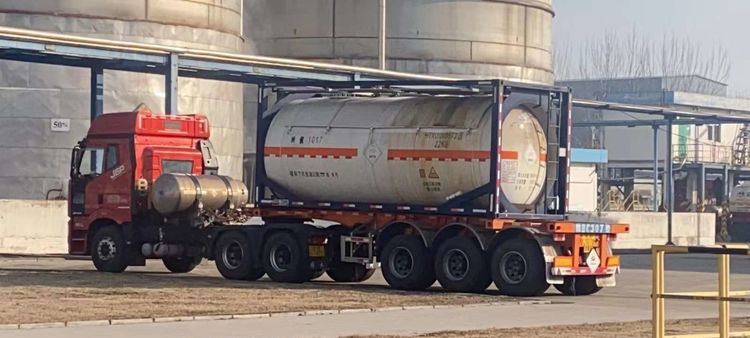
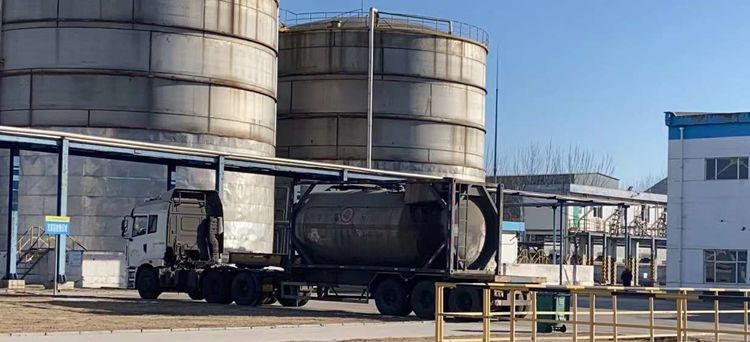
The submerged pumps used in liquid chlorine tank whose could equip with three or four impellers according to the output pressure requirements. Therefore, they are also known as vertical multistage submerged centrifugal pumps. Each stage of impeller is bottom-up arrangement. The impeller at the suction entrance is called the first stage impeller, where the liquid chlorine is sucked into the pump, and the outlet pressure is the pressure of the gas phase chlorine gas (generally about 0.2 M Pa). The liquid chlorine enters the impeller of the upper stage successively, the pressure of the impeller of the top stage is the highest, and the output liquid chlorine pressure could reach 1.0-1.5m Pa. It is output through the muffler (to balance the pressure) and the current limiter, and then sent to the liquid chlorine filling post through the external output pipe and valves for filling the cylinder or the liquid chlorine tank truck.
The submerged pump is vertically installed on the intermediate tank, the pump is immersed in the liquid chlorine in the intermediate tank, the lower part of the tank is connected with the liquid chlorine storage tank, and the intermediate tank must be placed in a pit about 2 m deep, and the liquid chlorine storage tank to form a position difference to ensure that there is enough liquid chlorine in the intermediate tank. When the level of the intermediate tank is higher than a certain height of the pump inlet (depending on the pump specifications), the pump could start to pump liquid chlorine.
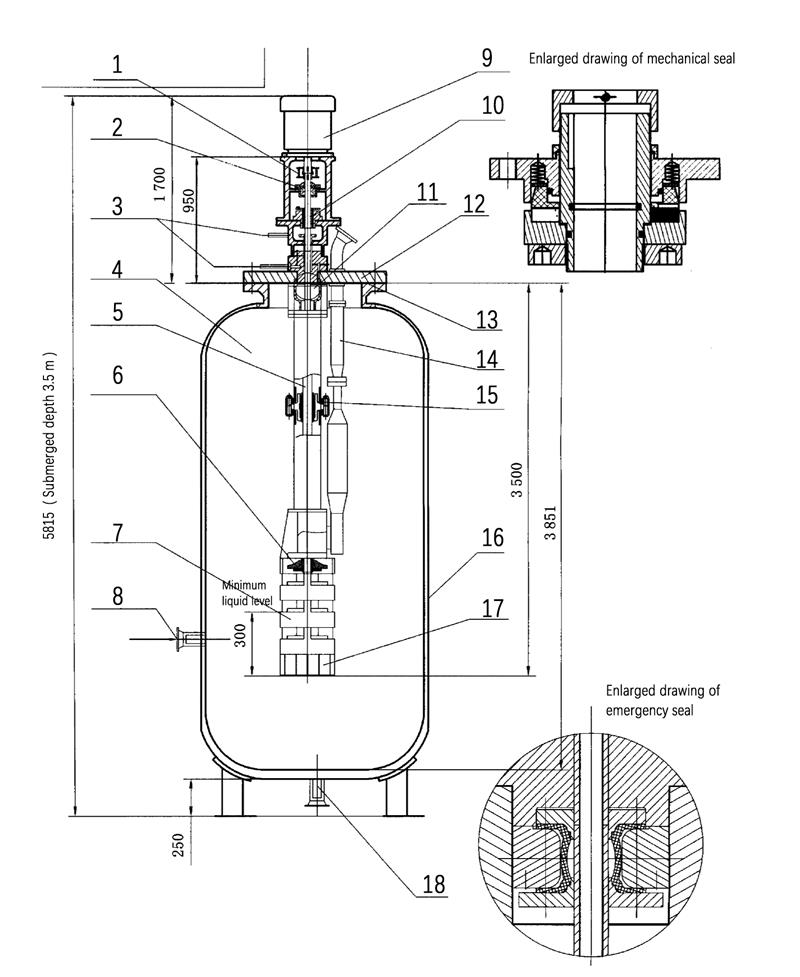
| 1. Coupling | 7. Pump casing | 13. Plane seal |
| 2. Bearing | 8. Liquid chlorine inlet | 14. Outlet tube |
| 3. Air seal | 9. Motor | 15. Intermediate joint |
| 4. Chlorine gas | 10. Shaft mechanical seal | 16. Delivery tank |
| 5. Shaft | 11."A" emergency seal | 17. Liquid chlorine tank |
| 6. Impeller | 12. Big flange | 18. Filter mantle |
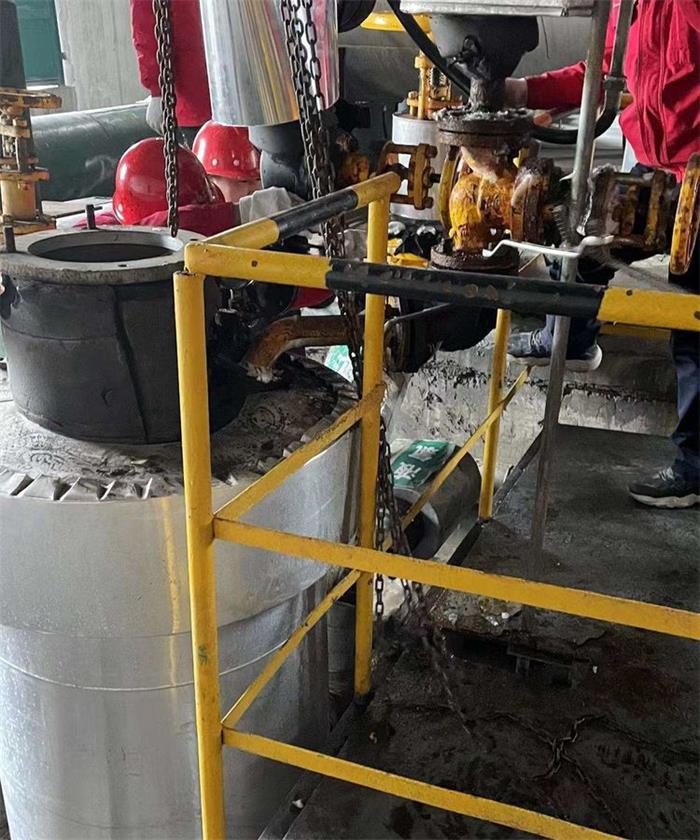
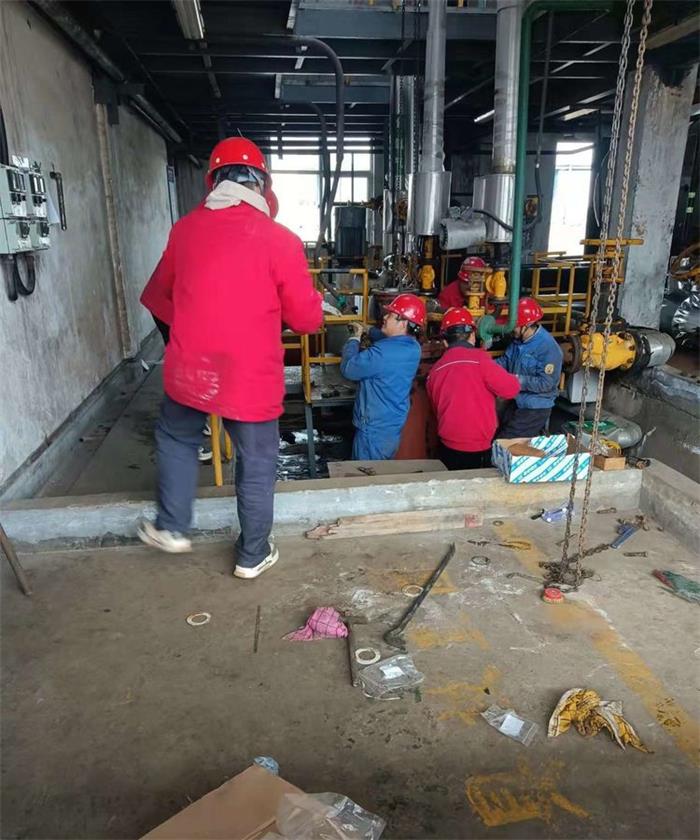
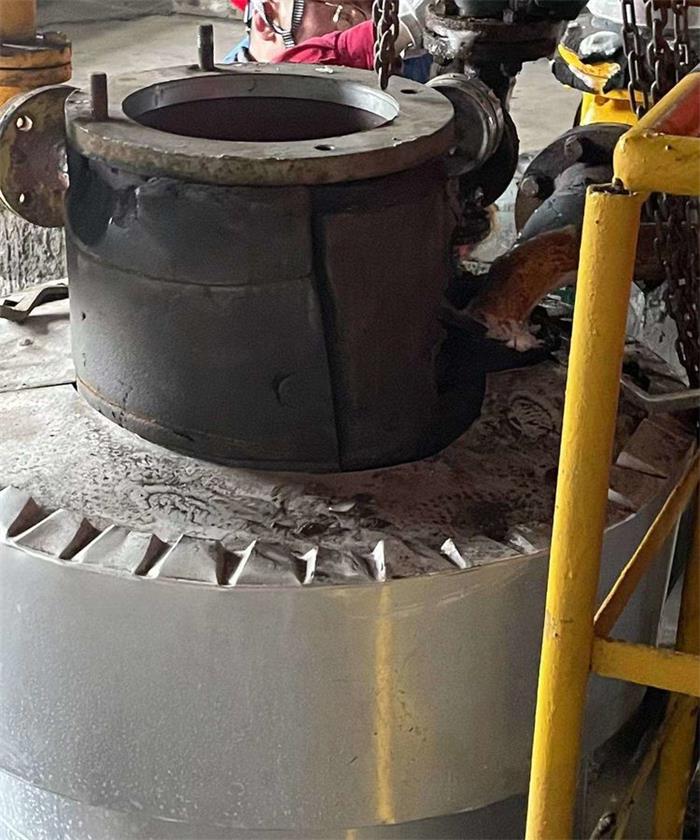
The canned-motor pump is essentially a horizontal centrifugal pump, which is connected by the pump head and the motor. The impeller of the pump is connected with the motor drive shaft, and the drive shaft is a hollow shaft, and the two together form the rotor part. The shielding sleeve is embedded in the inner part of the stator to isolate the rotor cavity and the stator cavity to achieve absolute no leakage. The shield pump for liquid chlorine filling is specially designed for the transport of easily vaporized media. The pump adopts internal circulation mode. The liquid chlorine is axially inhaled by the pump blade wheel and radially discharged. After passing through the stop valve and check valve, the liquid chlorine is sent to the liquid chlorine filling post, and a small part of the liquid chlorine is diffused from the high-pressure area at the outlet of the impeller into the hollow drive shaft, and cooled by the auxiliary impeller at the rear of the motor. This internal circulation mode ensures that the liquid chlorine cooling medium will not vaporize in the rotor cavity because of heat absorption, causing dry friction damage to the plain bearing.
The liquid chlorine in the storage tank is filtered through the filter into the canned motor pump, and there should be enough position difference between the storage tank and the pump to increase the net pressure head, and the pressurized liquid chlorine is sent to the cylinder or other chlorine units. The conveying medium itself is used to cool and lubricate the pump.
The liquid chlorine filling vertical submerged pump and liquid chlorine filling canned motor pump are the two most commonly used forms in liquid chlorine filling tanks. They have their own advantages and could be selected according to different working conditions.
The vertical submerged pump filling liquid chlorine is suitable for:
① The working condition must equip with storage tank. The vertical multistage submerged pump is directly installed on the tank, and there is no pressure requirement on the tank, as long as a certain liquid level could be maintained;
② The vertical submerged pump could operate continuously, which is suitable for larger flow rate of liquid chlorine.
③ The maintenance, disassembly, assembly and commissioning of the vertical submerged pump need professional engineers to handle with. There are professional requirements for workers.
The canned motor pump filling liquid chlorine is suitable for:
① The cavitation allowance must be considered during construction and installation, and the canned motor pump should be installed below the liquid chlorine storage tank.
② The canned motor pump is suitable for small flow rate at medium-pressure continuous transmission. If a large canned motor pump is required to handle the large flow rate of liquid chlorine, the purchase price would be much higher.